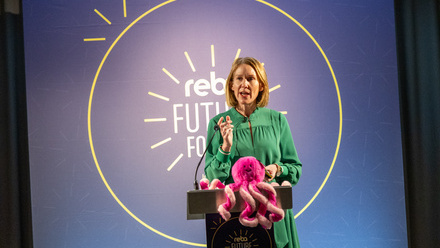Why the general election result could see an expansion in pay gap reporting
Although the outcome of the general election should not be a foregone conclusion, the latest YouGov MRP projection indicates Labour is heading for a landslide victory, meaning employers may be looking at potential implications of a Labour win on business planning.
Pay gap reporting is likely to be one significant aspect for horizon scanning. “Building on gender pay gap reporting, we will introduce disability and ethnicity pay gap reporting for large employers,” pledged Labour in its election manifesto, published on 13 June 2024.
Putting pay gap plans into action
For employers, one of the biggest hurdles to ethnicity pay gap reporting is achieving a high enough disclosure rate from employees for meaningful analysis. This takes time and good communications. Therefore, employers may be well advised to start collecting data now, if they aren’t already. Otherwise, if figures are based on a small representation of employees, comparison of future reporting figures against peers may be skewed.. This could impact future talent management and even potentially investment.
Labour has previously promoted enforcing the requirement to devise and implement pay gap action plans. There may now be less impact of any such requirement, as many organisations already voluntarily publish this. However, this would offer a useful nudge for organisations to review their strategy.
Too often pay gap action plans are rehashed year on year, and the underlying data analytical insight isn’t there to inform effective prioritisation or an understanding of the impact of any interventions on pay gap figures. A key lesson from gender pay gap reporting is that reporting itself is not enough to change the dial.
A fairer approach to pay and benefits
Taking a wider lens, Labour’s five-point plan for growth highlights “making work pay”. Its manifesto states the party would make sure the minimum wage is a “genuine living wage”, and would remove “discriminatory” age bands so all adults are entitled to the same minimum wage. Whilst clearly a positive for the lower paid, an unintended consequence could be a reduced financial pool to fund pay rises for others – potentially slowing career progression and closure of the gender pay gap.
It may be helpful for employers to consider how to embed gender equality into the design of employee benefit packages, and how best to support the financial wellbeing of employees who are experiencing pay gaps in the shorter term.
A financial wellbeing survey can quickly identify priorities, quick wins and gendered needs. An example of a benefits review could include pension contribution structure – tiered arrangements can often effectively further reward those with higher disposable incomes, potentially widening the gender and ethnicity pension gap. A level employer pension contribution for all offers a fairer outcome.
We will not know the outcome of the election until July but regardless of who leads the next government, the UK needs to see increased productivity – unlocking the working potential of women and ethnically diverse employees will be key to this.
Supplied by REBA Associate Member, Barnett Waddingham
Barnett Waddingham is proud to be a leading independent UK professional services consultancy at the forefront of risk, pensions, investment, and insurance. We work to deliver on our promise to ensure the highest levels of trust, integrity and quality through our purpose and behaviours.








